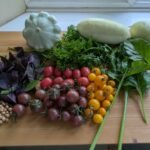Category: Full Blogs
-

In the Garden
Spring is a busy time for us gardeners, and we’ve been lucky with the weather recently, so here’s what we got up to last week. Sowing chickpeas in old gutters If you’re growing a lot of one plant, it can be very time consuming transplanting the seedlings out into the garden when the time comes.…
//
-

Gardening for Pollinators
Pollinators that you can find in your garden include bees, wasps, butterflies, moths, beetles, and other small animals. What are pollinators? Pollination is a method of reproduction where pollen from the male part of the flower (stamen) is transferred to the female part of the same flower or another flower (stigma). This enables the plant…
//
-
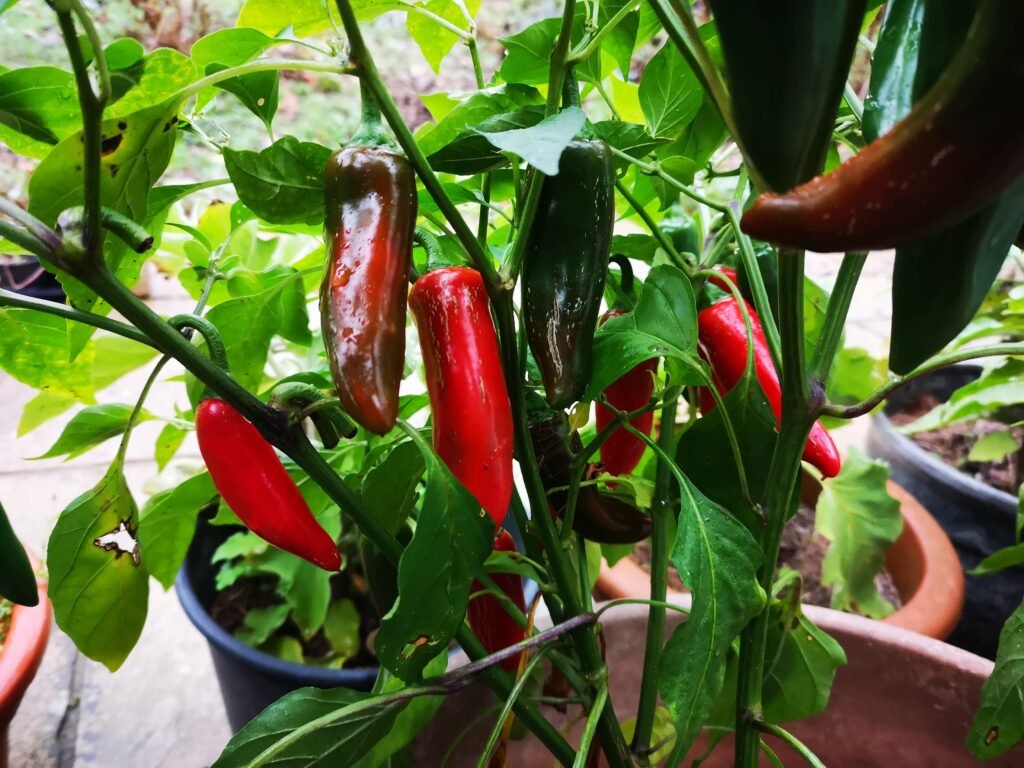
Growing Aubergines and Peppers
I’m going to be sowing my aubergine and pepper seeds inside during the first week of March, but they can be planted any time during March, so if you don’t have your seeds yet, you still have time. Read on to find out how to grow aubergines and how to grow peppers. Make sure to…
//
-
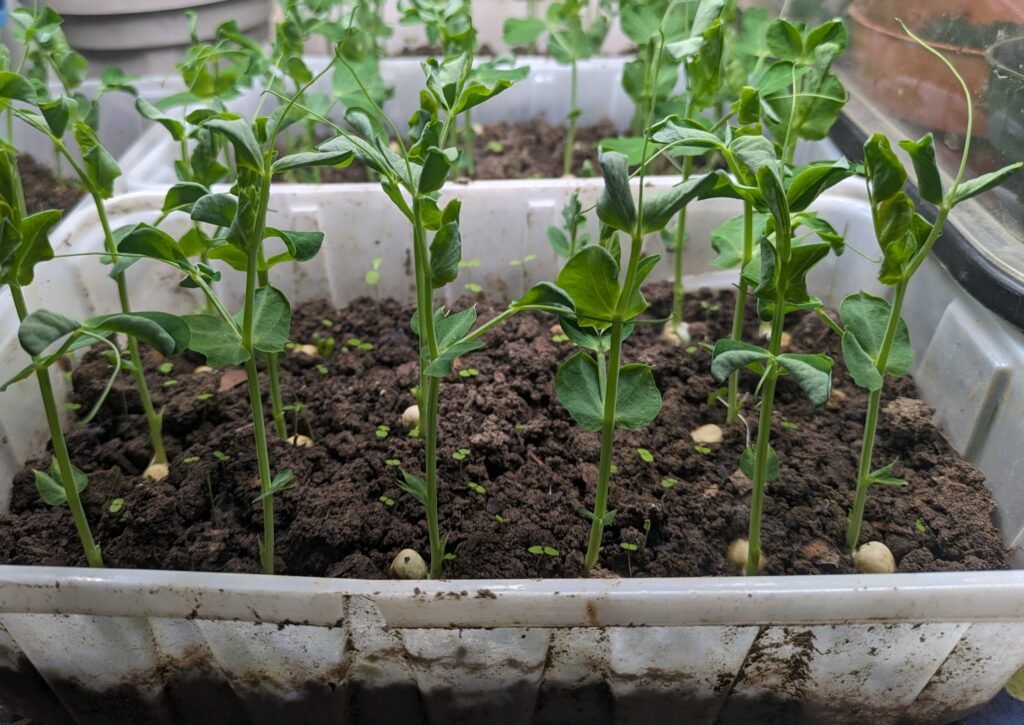
Sowing Seeds Inside
Why should you sow seeds inside? Sowing seeds inside can allow you to start seeds earlier, which can lead to better harvests. It can also protect the plants from pests and lead to quicker plant growth. Check out my Planting Seeds: Inside or Outside blog post for more information on which to choose. Please note…
//
-
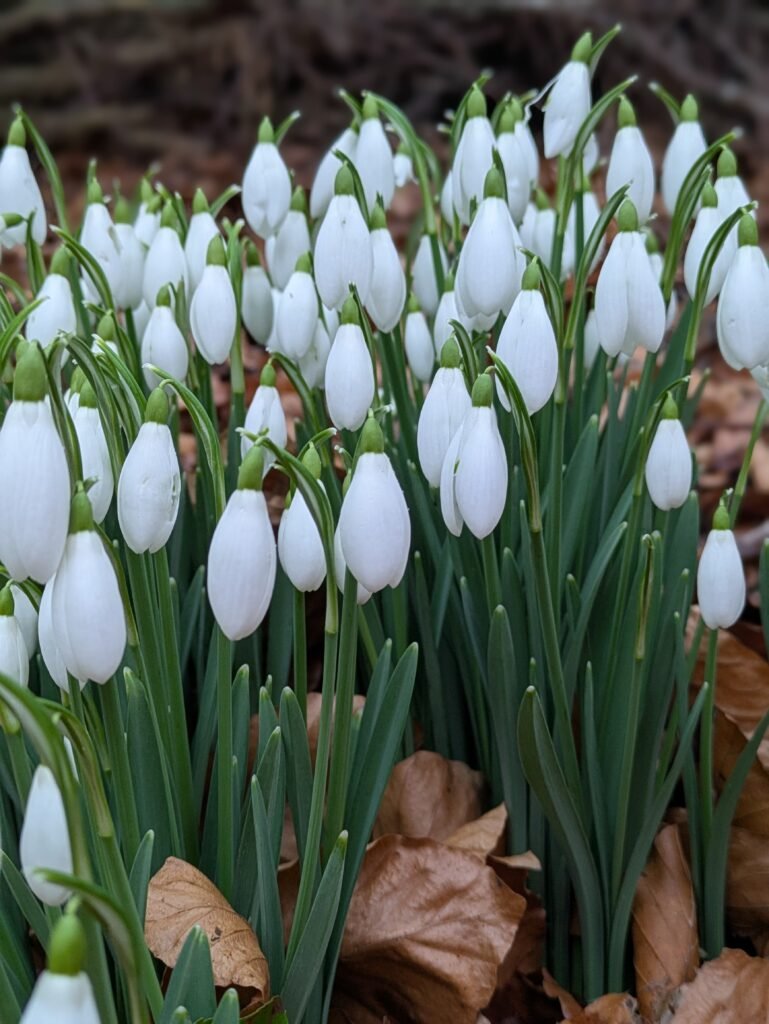
February in the Garden
Here’s a look ahead to what you might see in the garden and the jobs that you can do during February. Things in the garden Snowdrops should be flowering already, as should hellebore. It might be a good idea to mark where they are before they die back. Primroses might be coming up and starting…
//
-
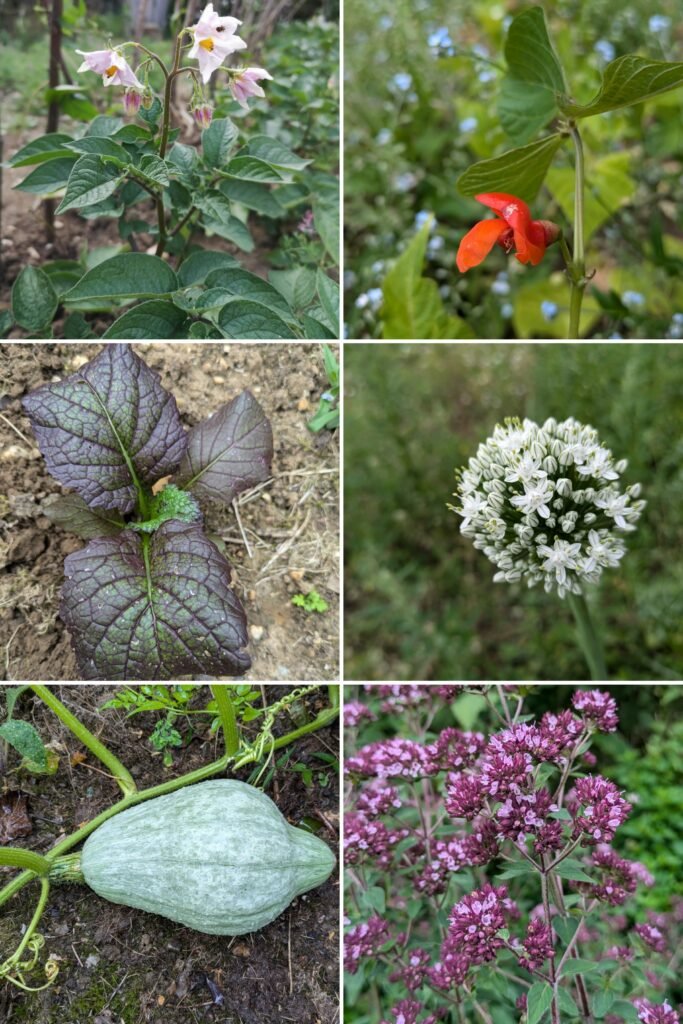
Beginner Gardener: Your Garden
This is the end of the beginner gardener series. All of my posts will still be useful for any beginners, but this series was meant to provide all of the information for you to start in the garden. Now that we’ve covered all of the beginner plants, it’s time to look at what your plots…
//
-
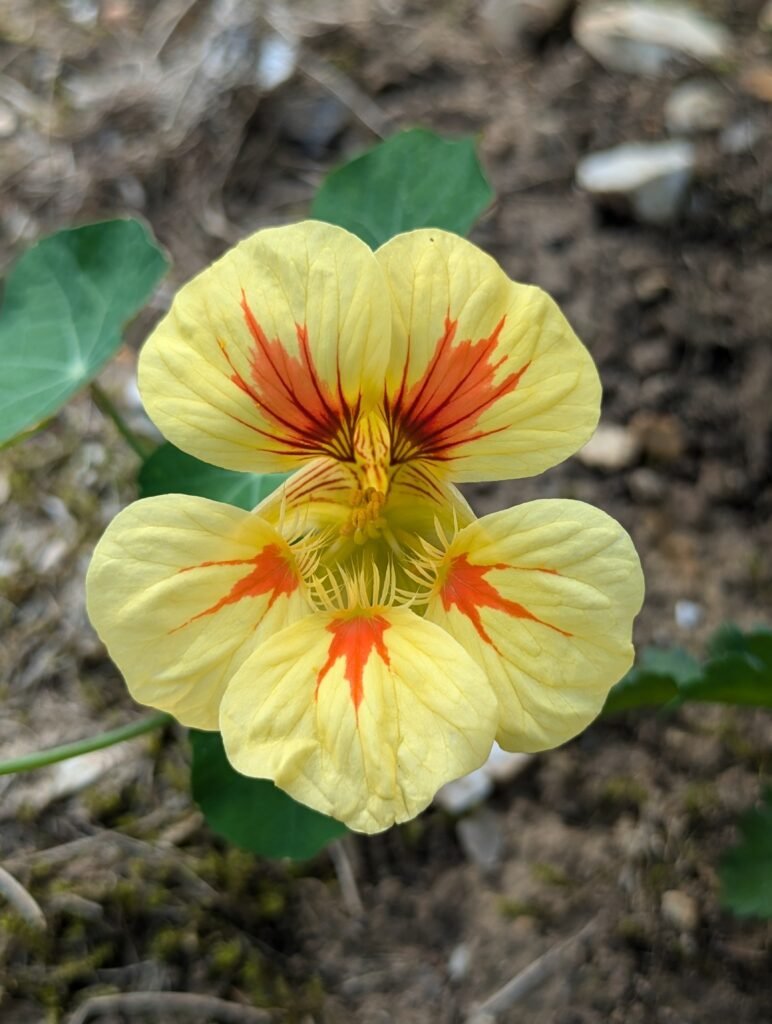
Beginner Plants: Non-Native Flowers
I’ve covered native flowers, and now it’s the turn of the non-native flowers. While it is good to plant native, provided you choose non-natives carefully and don’t let them take over, these plants can be beneficial too. Some of the below plants have been naturalised, meaning that it grows on its own in nature in…
//
-
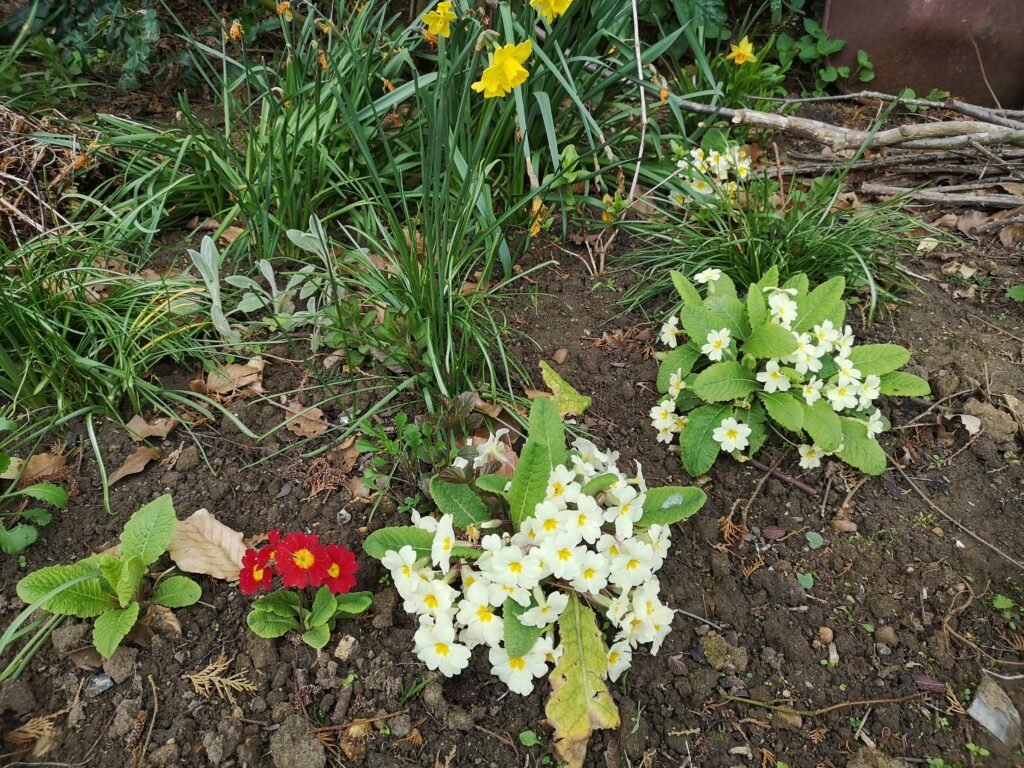
Beginner Plants: Native Flowers
The flowers I’m going to list here are native to the UK. They will attract various pollinators, and can be grown with minimum effort, mostly being able to just leave them once the seeds have been sown or planted. There are many more flowers to choose from, so there may be some native flowers that…
//
-
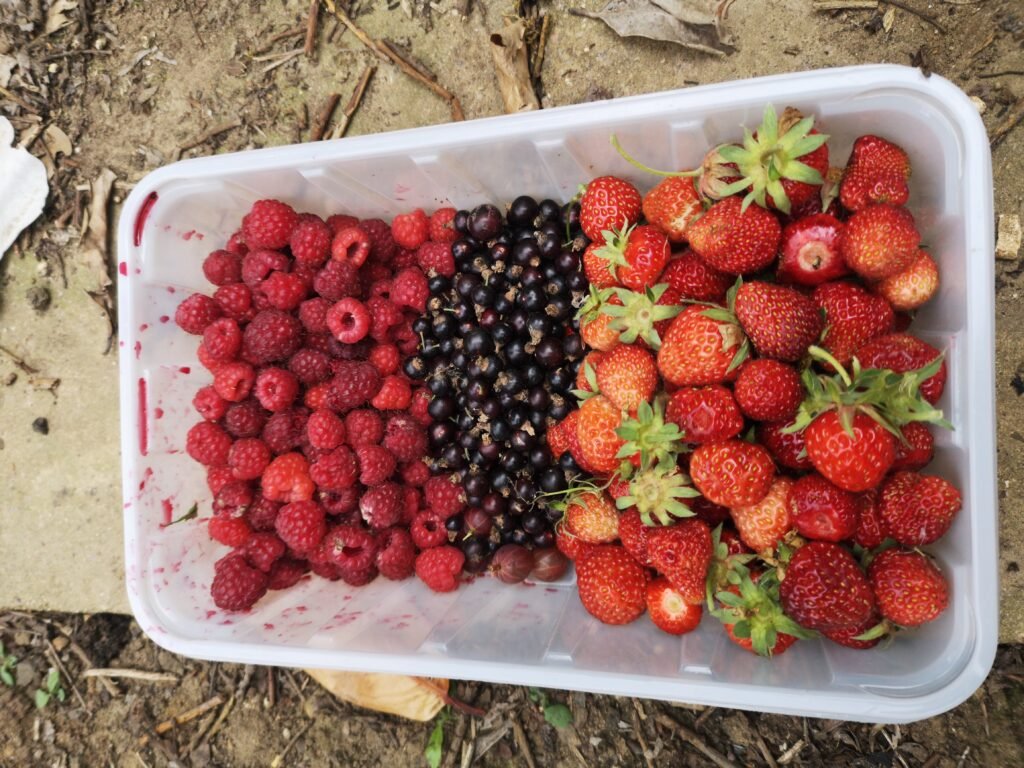
Beginner Plants: Berries
For this category, I am referring to the culinary use of the word ‘berry’, and not the botanical term. The botanical definition is a fleshy fruit that grows from a single ovary, and includes fruits like bananas, cucumbers, tomatoes, aubergines, and grapes. The ‘berries’ that I have chosen are blackcurrants, gooseberries, raspberries and strawberries. None…
//
-
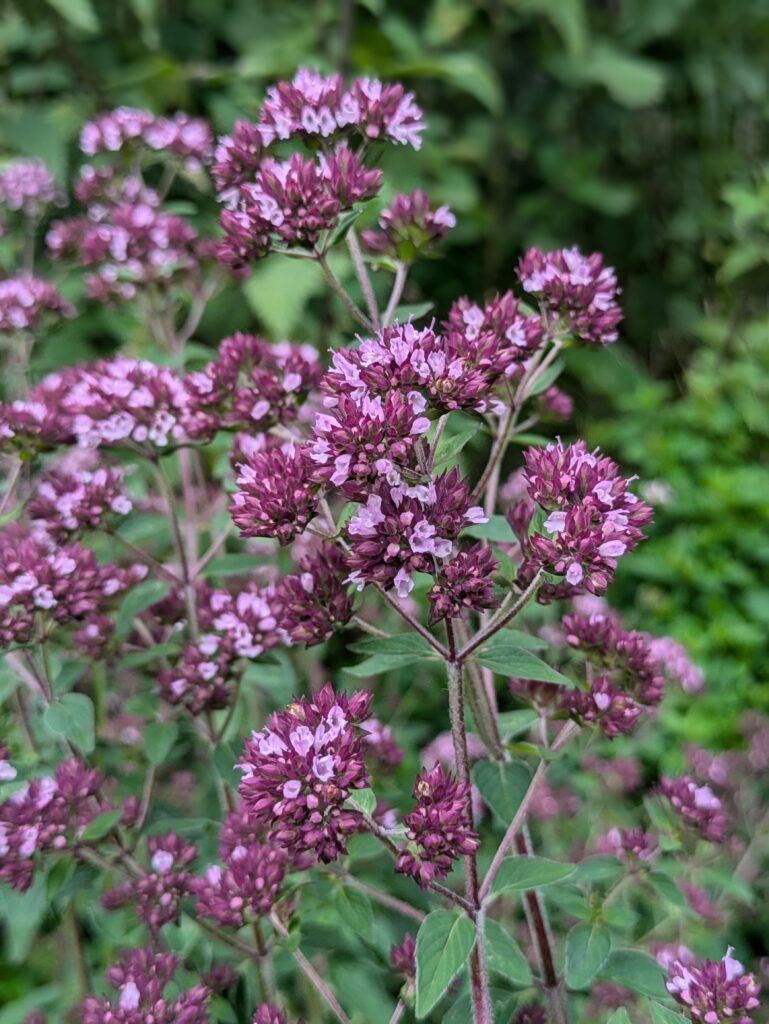
Beginner Plants: Perennial Herbs
Perennial plants are plants that live for more than 2 years. So they will be a permanent or semi-permanent plant in your garden. Lemon Balm When to plant Sow seeds inside or outside from March to May. Transplant seedlings outside after all danger of frost has passed. Where to plant Lemon balm can grow in sun or…
//

